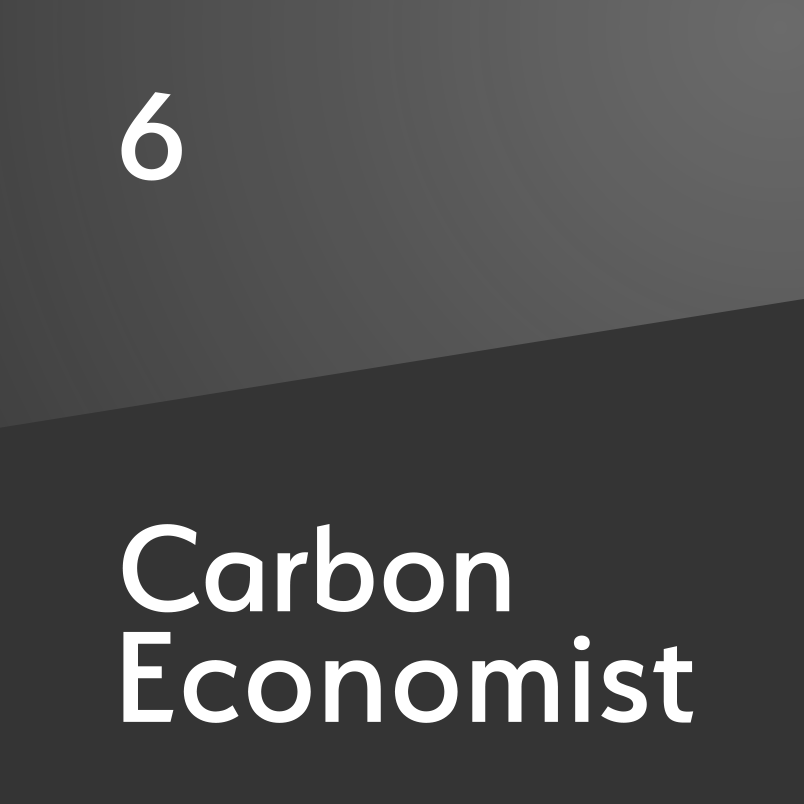Santos’ Oil Search premium raises eyebrows
The deal’s revised terms may require a greater focus on cost efficiency
Papua New Guinea (PNG)-focused Oil Search announced in early August that it had agreed to a revised merger offer from Australian independent Santos after rejecting a previous offer made in late June. Under the terms of the proposal, which would create Australia’s largest oil and gas company, Oil Search investors will receive 0.6275 new Santos shares for each Oil Search share. This would imply a transaction price of A$4.29 per Oil Search share, based on the companies’ 19 July closing prices, and give Oil Search a 38.5pc stake in the merged unit. A$4.29 – Revised offer per Oil Search share The new offer represents a 16.8pc premium to Oil Search’s 19 June closing price, up from the 12.3

Also in this section
8 December 2025
The Caribbean country’s role in the global oil market is significantly diminished, but disruptions caused by outright conflict would still have implications for US Gulf Coast refineries
5 December 2025
Mistaken assumptions around an oil bull run that never happened are a warning over the talk of a supply glut
4 December 2025
Time is running out for Lukoil and Rosneft to divest international assets that will be mostly rendered useless to them when the US sanctions deadline arrives in mid-December
3 December 2025
Aramco’s pursuit of $30b in US gas partnerships marks a strategic pivot. The US gains capital and certainty; Saudi Arabia gains access, flexibility and a new export future







